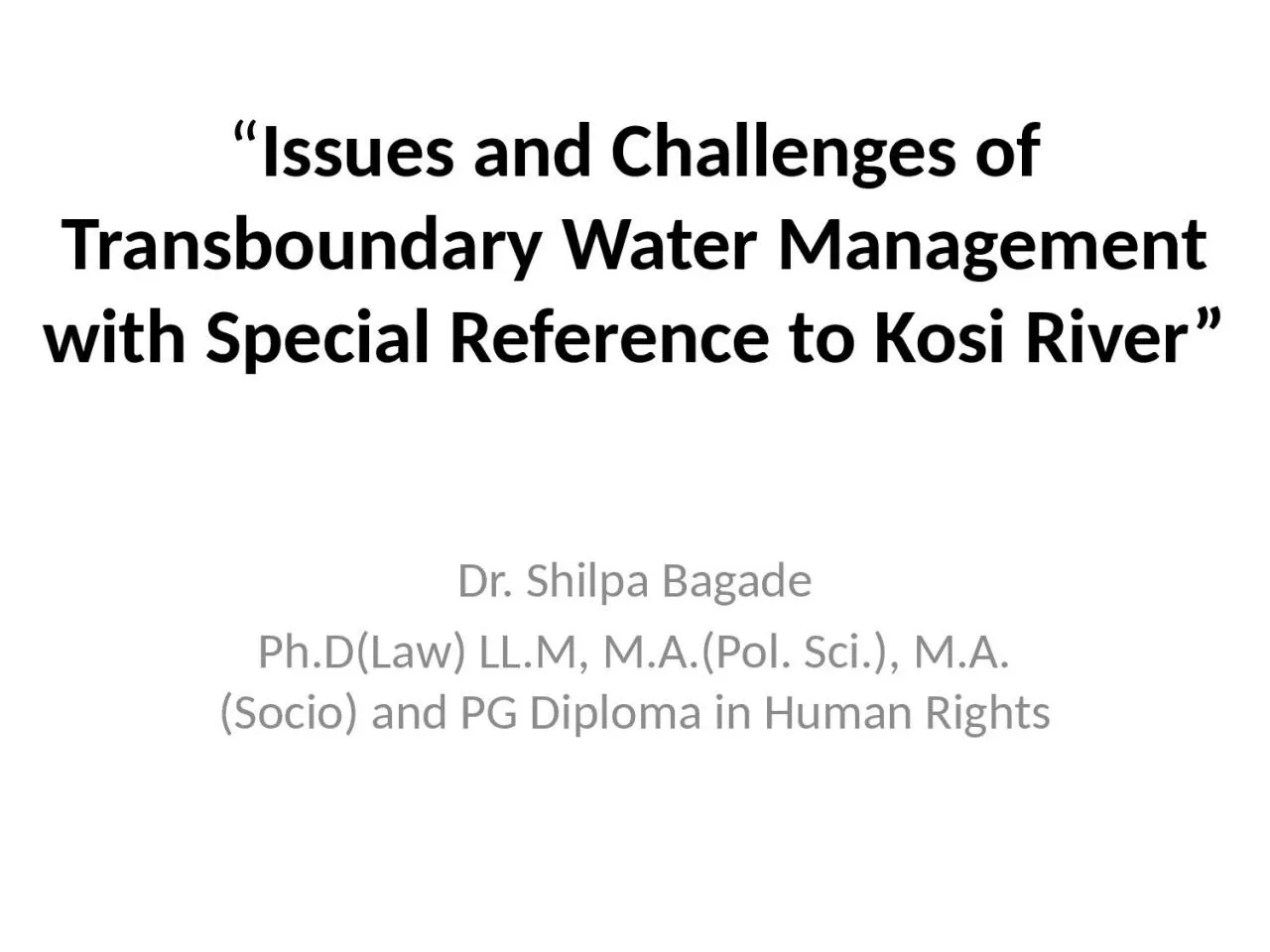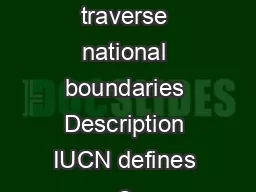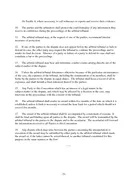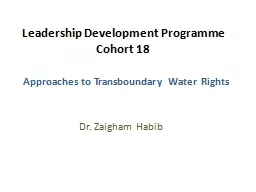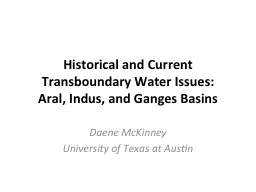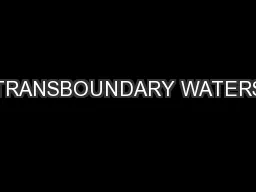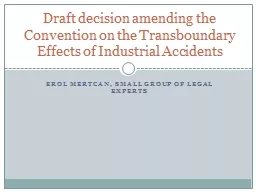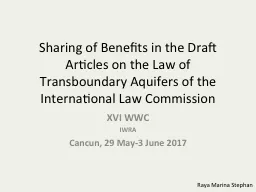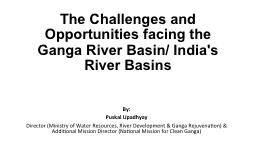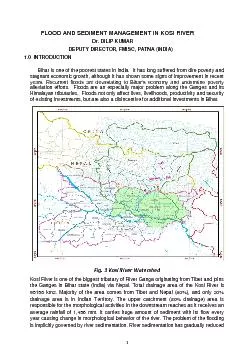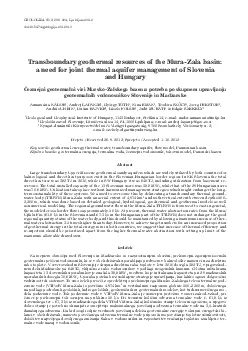PPT-Issues and Challenges of Transboundary Water Management with Special Reference to Kosi
Author : mrsimon | Published Date : 2020-08-28
Kosi River Dr Shilpa Bagade PhD Law LLM MAPol Sci MASocio and PG Diploma in Human Rights To understand the structure and nature of the basin this paper describes
Presentation Embed Code
Download Presentation
Download Presentation The PPT/PDF document "Issues and Challenges of Transboundary W..." is the property of its rightful owner. Permission is granted to download and print the materials on this website for personal, non-commercial use only, and to display it on your personal computer provided you do not modify the materials and that you retain all copyright notices contained in the materials. By downloading content from our website, you accept the terms of this agreement.
Issues and Challenges of Transboundary Water Management with Special Reference to Kosi: Transcript
Download Rules Of Document
"Issues and Challenges of Transboundary Water Management with Special Reference to Kosi"The content belongs to its owner. You may download and print it for personal use, without modification, and keep all copyright notices. By downloading, you agree to these terms.
Related Documents

